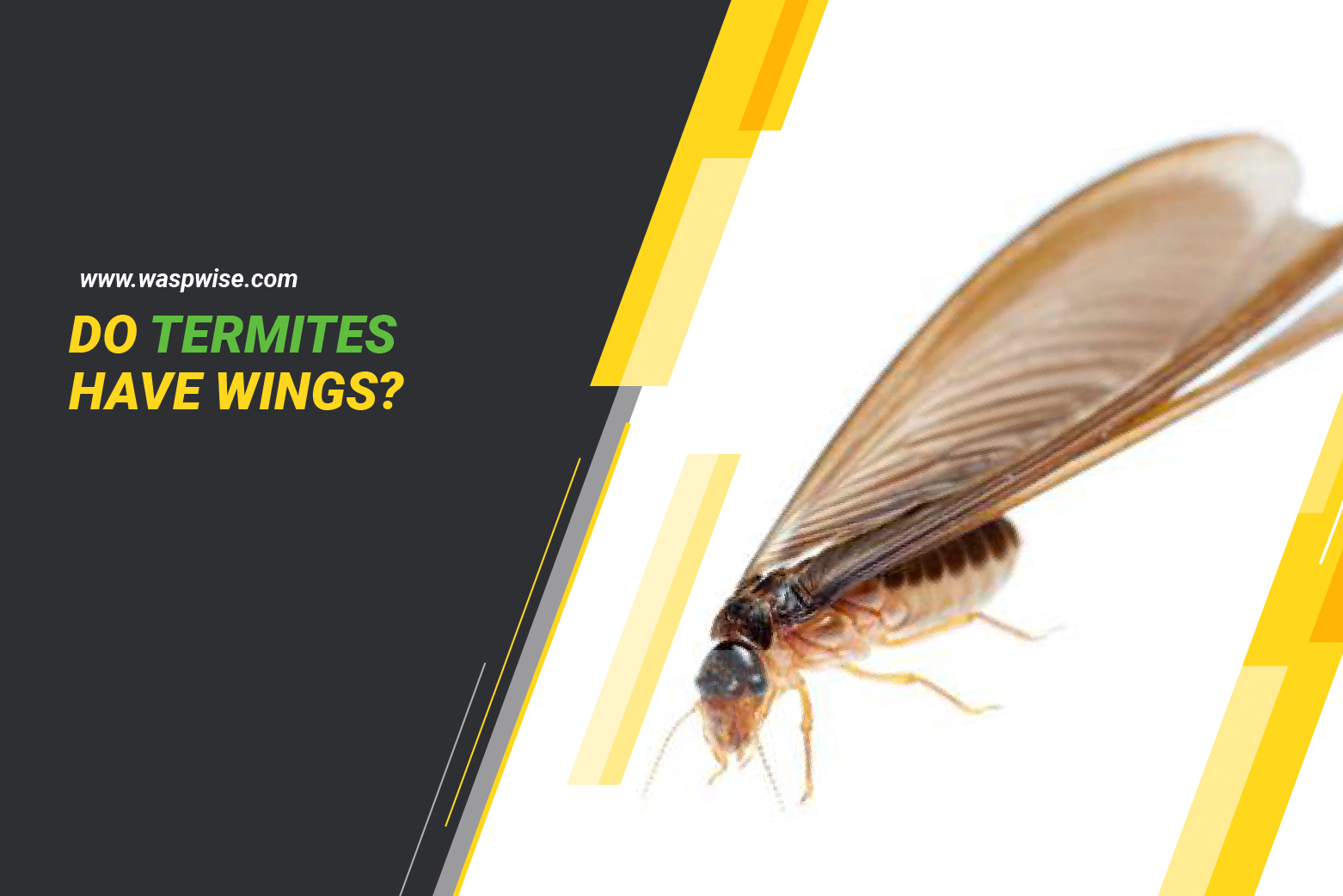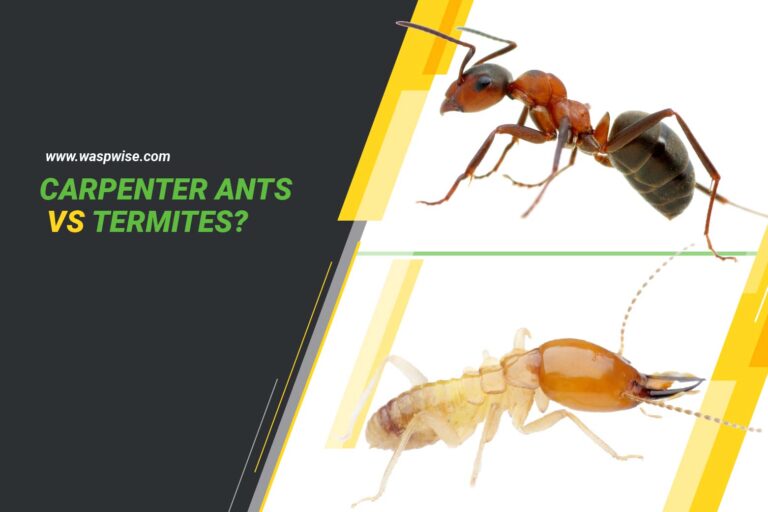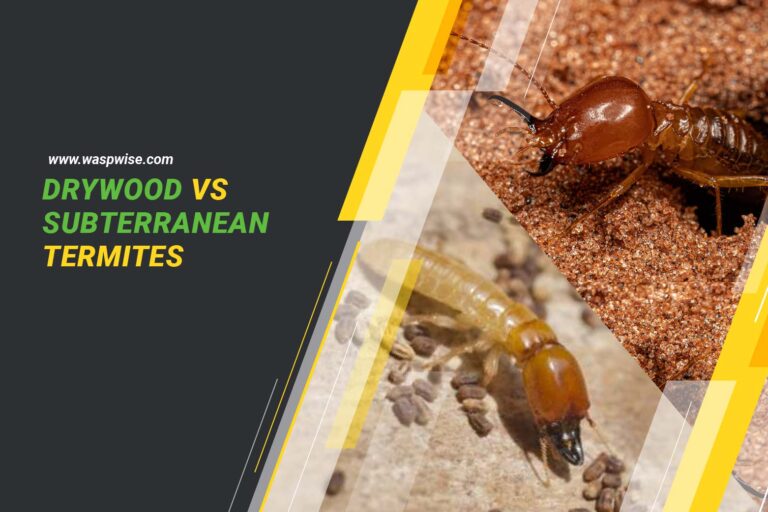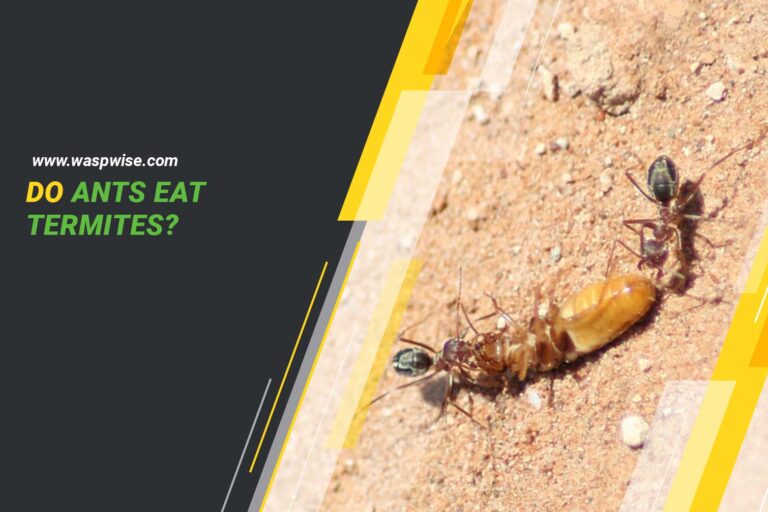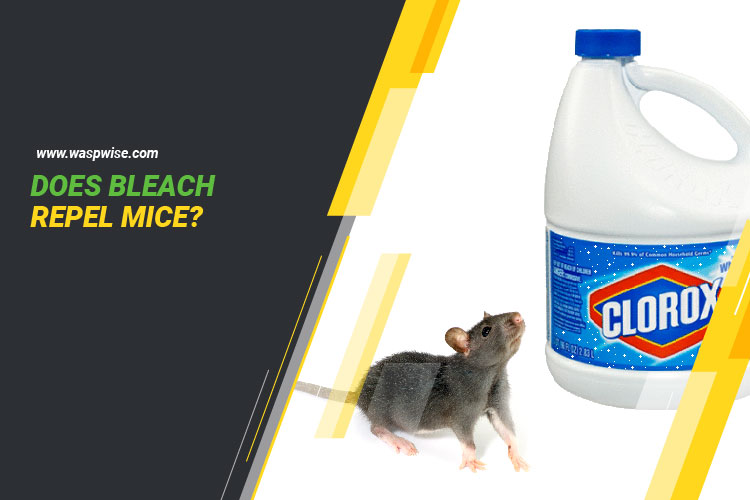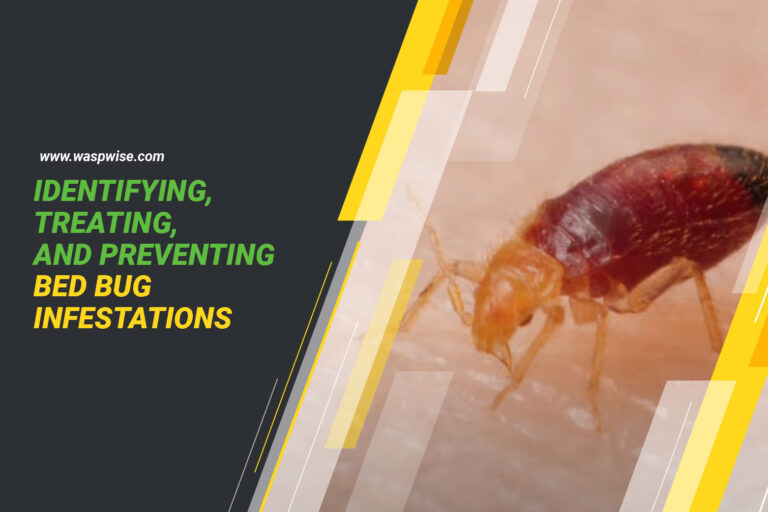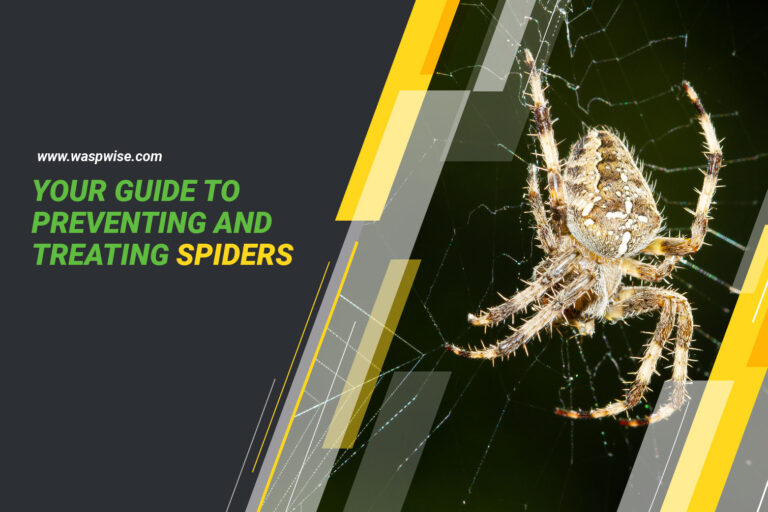DO TERMITES HAVE WINGS?
Yes, but not all termites have wings. Only the reproductive caste of termites, known as alates, have wings. Workers, which make up the majority of the termite population, do not have wings and are responsible for carrying out the day-to-day operations of the colony, including causing damage to wooden structures.
UNDERSTANDING THE WORLD OF TERMITES
Termites are a type of insect that belongs to the order Isoptera. They are known for their destructive habits, feeding on wood and other cellulose-containing materials. Termites are often called “silent destroyers” because they can cause extensive damage to homes and other wooden structures without being detected for a long time.
THE TWO TYPES OF TERMITES: ALATES AND WORKERS
There are two types of termites in a colony: alates and workers. Alates are the winged reproductive termites that are responsible for starting new colonies. They are the only termites in the colony that have wings and are capable of flying.
Workers, on the other hand, are wingless termites that are responsible for carrying out the day-to-day operations of the colony. They gather food, care for the young, and cause damage to wooden structures.
ALATES: THE WINGED TERMITES THAT REPRODUCE
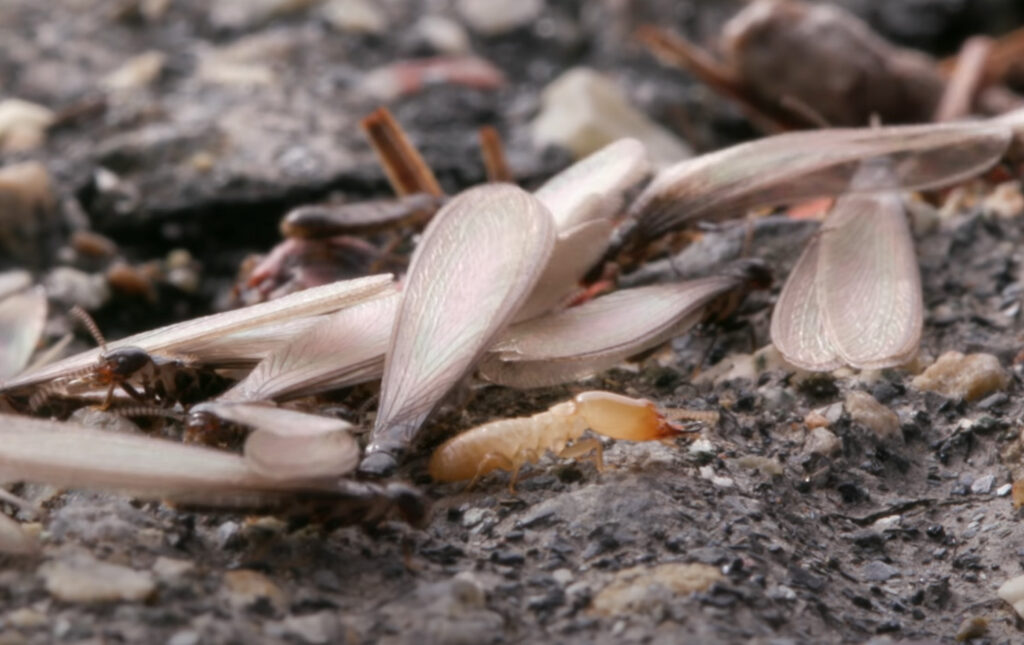
Alates (termite swarmers) are the reproductive caste of termites. These termites with wings are responsible for leaving the colony to mate and start new termite colonies. Alates have wings that are longer than their body length and are usually brown or black in color. Despite having large wings, termites are only capable of short flights, often covering just a few inches.
During the mating season, alates will swarm in large numbers, looking for a mate. They are attracted to light sources and can often be seen flying around porch lights and other light sources.
Once the alates have mated, they will shed their wings and begin the process of starting a new colony. The male and female will burrow into the ground and create a new nest.
Flying termites and flying ants are often mistaken for each other due to their similar appearance, but understanding the differences between the two can help identify and address infestations.
Termites lose their wings after mating during the swarming season, typically in the spring or early summer months. After mating, the male and female termites shed their wings and establish a new colony, where the female becomes the primary reproductive and the male assumes a supporting role. The discarded wings are often a sign of a termite infestation, as they can accumulate in piles near entry points or windows.
WORKERS: THE WINGLESS TERMITES THAT CAUSE DAMAGE
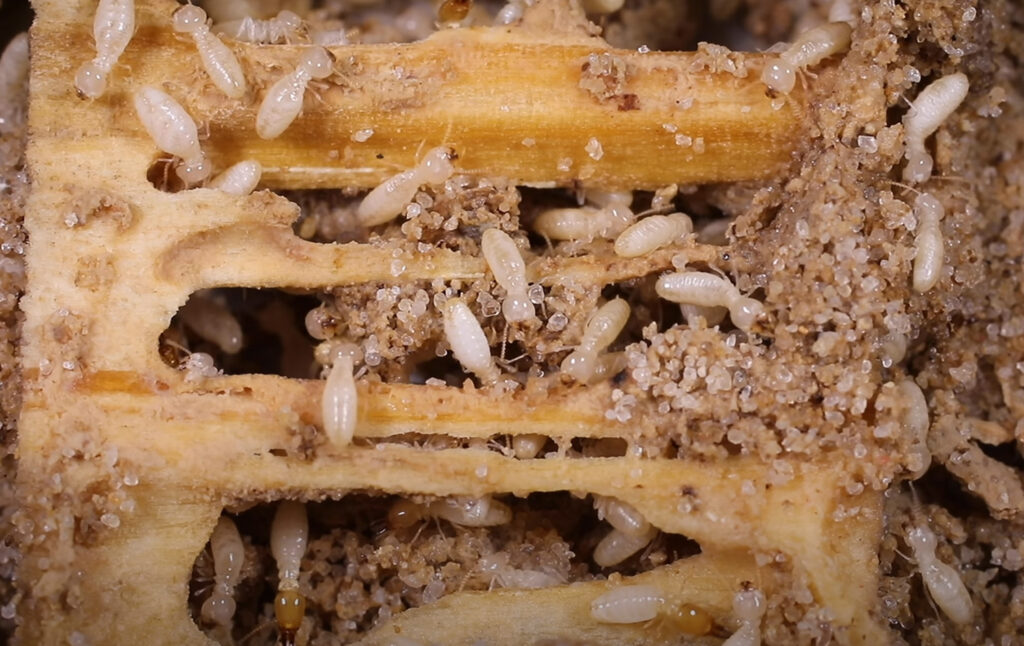
Workers are the most numerous termites in a colony. They are responsible for gathering food, caring for the young, and causing damage to wooden structures.
Workers have a pale, creamy color and are usually smaller than alates. They do not have wings and spend their entire lives in the nest or tunnels.
Workers cause damage to wooden structures by chewing on the wood to gather cellulose, which is their primary food source. They can cause extensive damage over time, leading to costly repairs.
VARIATIONS IN TERMITES SPECIES AND WINGEDNESS
While alates are the primary means by which termites reproduce, not all species rely on winged alates to start new colonies. Some species, such as the drywood termite, have a different colony formation method. In these species, immature termites, known as “secondary reproductives,” take on the role of starting new colonies. These termites develop wings, but they are not functional, and they remain within the colony.
In other species of termites, alates may still be present but may not have functional wings. These termites, known as “brachypterous alates,” have vestigial wings too small to allow for flight. Instead, they rely on walking or being carried by wind or other insects to start new colonies.
The presence or absence of wings can also vary within a single termite species. In some cases, a colony may produce both winged and wingless alates. Winged alates are typically produced in larger numbers, while wingless alates are produced in smaller numbers.
CONCLUSION
In conclusion, not all termites have wings. Only the alates, or reproductive caste, have wings and are responsible for starting new colonies. Workers, which make up the majority of the termite population, do not have wings and are responsible for the day-to-day operations of the colony. Understanding the different types of termites and their roles in the colony can help homeowners identify and prevent termite problems.

